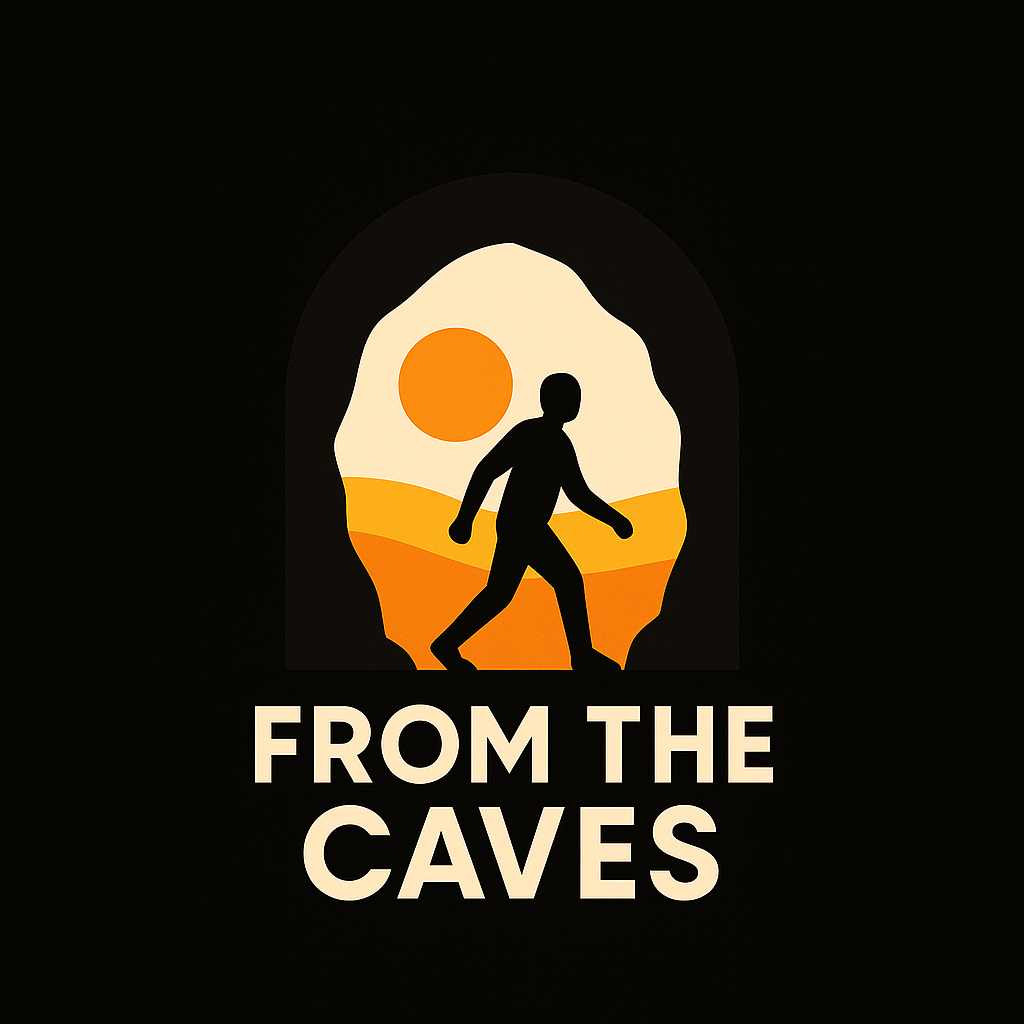Software Development When Interest Rates Aren’t Zero
I got into tech in 2016. Peak SaaS. The glory days. The so-called "roaring twenties" of software. Recruiters were nonstop hitting your inbox. Remote work was becoming the norm. You could name your price, set your hours, and bounce between roles—from front-end to back-end, DevOps to SRE, cloud engineering to product. If you worked in tech, you were the hot girl at the bar.
Teams were stacked: Directors, leads, PMs, QAs, designers, agile coaches, multiple layers of engineering. It felt like there was room for everyone, and headcount only ever went up.
Then the pangolin showed up. You know the one.

After COVID, the free money stopped. Interest rates spiked, and the music finally cut off. We’re still waking up from it. Some haven’t yet. Some are still clinging to that version of tech that only existed when capital was cheap and irrational optimism was priced in.
So let’s unpack a few illusions we lived under.
The Career Ladder Was a Lie
Remember the ladder? Junior dev, mid-level, senior, lead, staff, principal, maybe management. Or in the cloud world—Cloud Engineer I, II, III. Or maybe you’d pivot to SRE, which was the hot new badge.
Every role had a title. Every title implied a rung on a ladder.
Except the ladder was fake.
When money isn’t free, companies don’t need 12 layers of software folks. The org chart flattens overnight. You’re just “the tech person.” “Guy in IT.” All those carefully crafted career levels? Evaporated.
Truth is, we were trained to see life as a progression. School drills it into us. There's always a next level. But work isn’t martial arts. There is no belt. There’s just whether or not the thing you build actually solves a real problem. Most of us were never taught how to do that.
Most of What We Built Was Trash
This one’s tough to admit.
But most of what we built during the SaaS boom was garbage.
We didn’t know how to use databases. We didn’t understand real systems design. We leaned hard on frameworks to carry the weight of our ignorance. Massive Rails apps held together with duct tape. Django projects frozen in time, breaking when you tried to update a dependency. React SPAs with egregious amounts of code to handle state mgt. Just bloated architecture, built because… well, because we could.
The sad part? We thought it was cutting edge. But if you sat an old-school engineer from the ’60s through ’90s in front of one of these monstrosities, they’d think it was student work.
It took me a year under a mentor—an actual engineer, one of the early folks who worked on relational databases—to learn what real software looked like. Thin app layer. Proper DB design. Simplicity. Stability. No schizofrenic microservices, using open source db technologies.
Remote Work Was a Trap
We thought we were winning.
No commute, no dress code, no office politics. But when we all pushed to go fully remote, we unknowingly turned ourselves into ticket-crunchers. Machines. Names in a task tracker.
And what happens when you make yourself interchangeable?
You get replaced.
Suddenly, engineering became "IT." Just another service function, easily offshored, easily outsourced. Managed services. Contractors overseas. Why pay $250K for a Zoom ghost when you can get the same Jira ticket closed for a fraction of the cost?
We forgot that engineering is creative. It’s collaborative. And yes—it’s human. When you strip out the human part, you end up with just the tickets. And if it’s just about the tickets, there’s always someone who can do it cheaper.
We’re in a different era now. One where capital costs something, companies have to be lean, and we engineers have to prove our value. The dream’s over and Im thankful that pangolin woke me up. We were the peter pan kids, but now its time to grow up. We have to provide real value, and compete just like everyone else.
